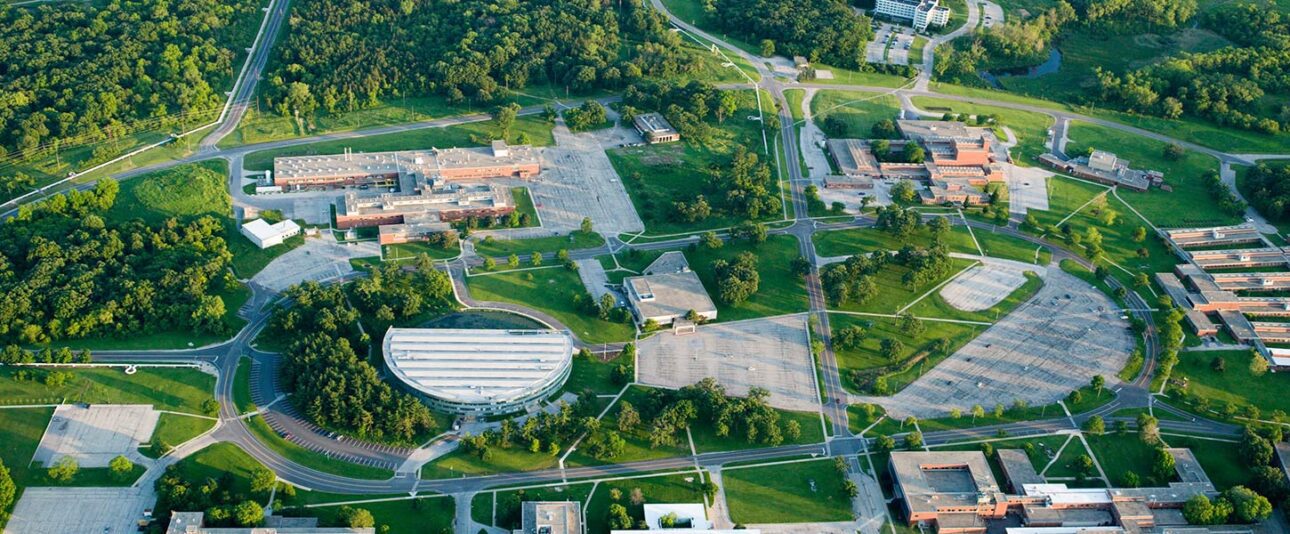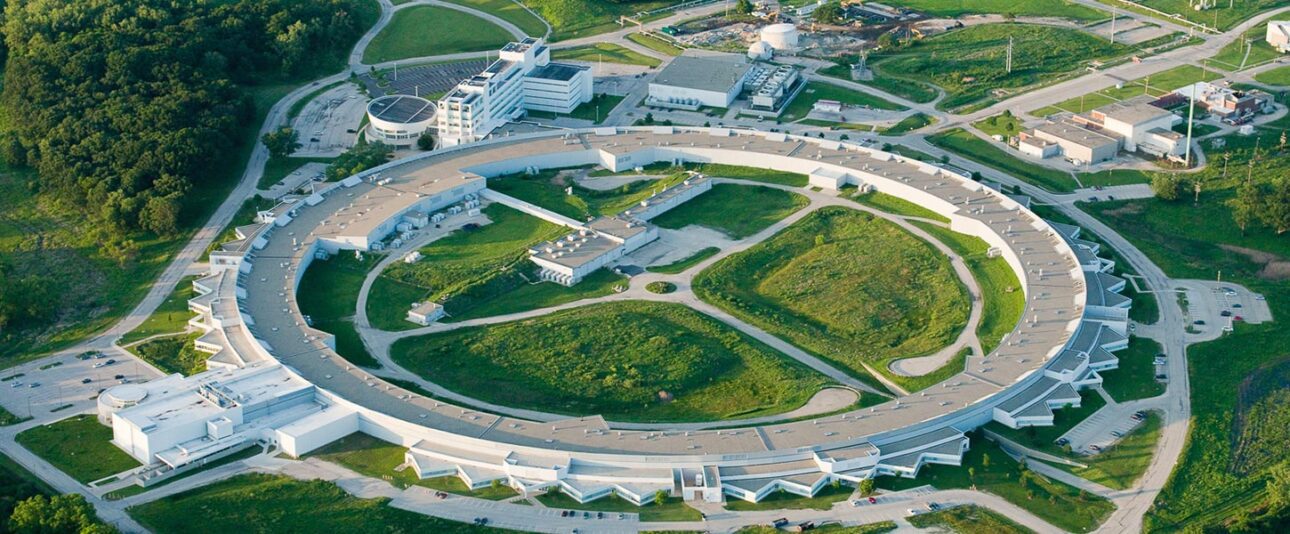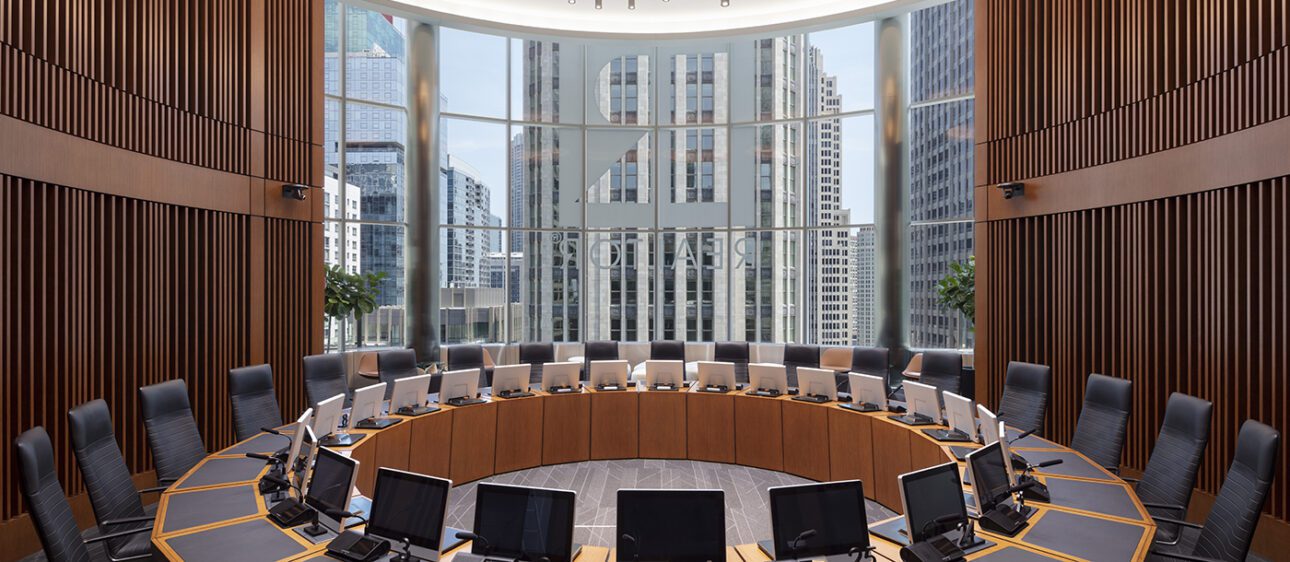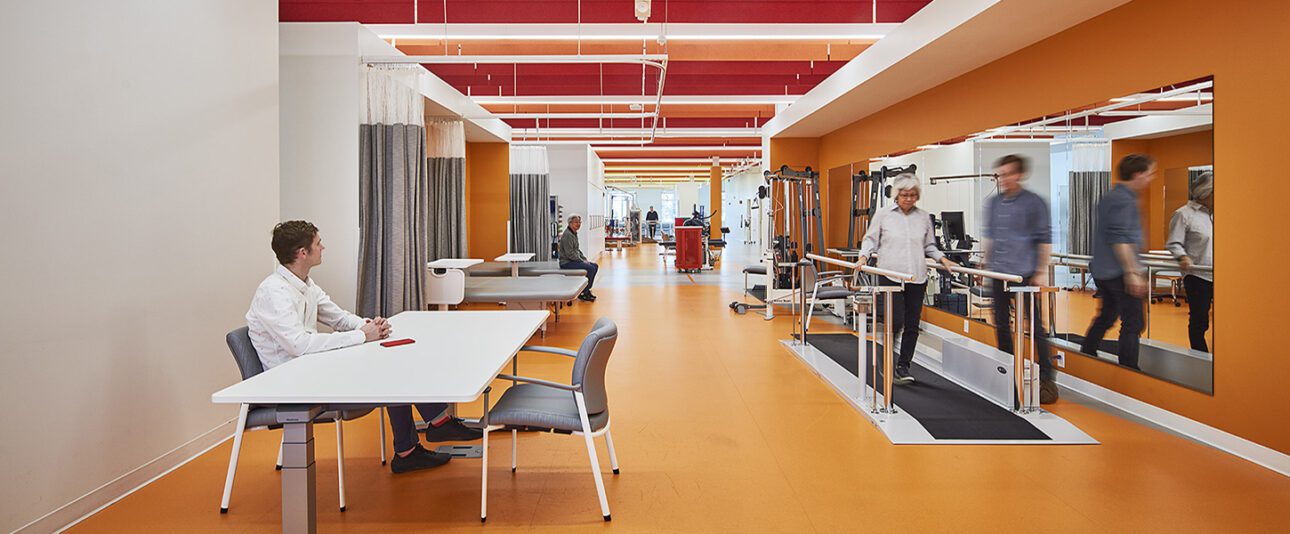GBA collaborated with a Transportation and Power Systems Division researcher on a design study to provide infrastructure for a new experiment using advanced imaging techniques to investigate fuel spray characteristics within a turbine combustor. This research effort is a part of broader initiatives to improve the efficiency of jet engines used in commercial aviation.
The proposed experiment would use a test chamber to simulate the conditions within a turbine engine combustor. A gas/fuel mixture is sprayed into the chamber under these conditions, and advanced imaging methods relying on the lab’s Advanced Proton Source are used to facilitate a better understanding of fuel spray phenomena within a combustor. The experiment is proposed to roll out in three phases over a multi-year period. In the initial phase, unheated compressed nitrogen gas is used. In subsequent phases, the gases are heated, and air is added to the gas mixture.
From an infrastructure design perspective, the experiment requires the provision of high-pressure and high-temperature gaseous nitrogen to the test section, along with fuel separation and exhaust of the discharge gases. Control of the pressures and temperatures entering and leaving the experiment, and consideration/mitigation of noise and vibration generated by the pressure reducing components, were important design considerations.
The design included a new cryogenic bulk storage tank for liquid nitrogen, a liquid nitrogen pumping skid, and both ambient and electric vaporizers. Additional key design elements included high-temperature heating elements, piping from the storage vessel to the experiment, an exhaust cooling heat exchanger and heat sink, separation of fuel from the combustor discharge, flow and pressure controls and noise abatement. The study provided a preliminary layout of piping and equipment, equipment and control component selections, and an opinion of probably cost.
Key design elements included:
- A new bulk storage tank located in an existing gas yard.
- A positive-displacement pump skid package to build pressure required by the experiment (liquid nitrogen pump diagram shown above).
- Ambient and electric-powered vaporizers.
- Piping to accommodate the required pressures and temperatures.
- Multi-stage pressure regulation and flow control devices (diagram, top left).
- A centrifugal liquid separator to remove fuel before exhausting discharge gases.
- Flanged in-line electric heaters.
- Gas-to-liquid cooling heat exchanger and heat sink options.
- Line silencers and slagging to abate sound generated by the experiment.
Photos: Argonne National Laboratory




